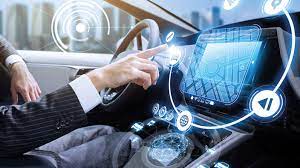Gesture Recognition and Control: Empowering Technology Across Industries

About Course
Imagine controlling devices with a wave of your hand, interacting with virtual worlds through natural motion, or enabling assistive technology that understands human gestures. Welcome to the transformative world of gesture recognition and control systems—where human-machine interaction becomes seamless, intuitive, and powerful. This course dives deep into the foundations, applications, and future potential of gesture-based technologies across industries ranging from healthcare to industrial automation.
Whether you’re a tech enthusiast, engineer, designer, or entrepreneur, this course will equip you with a comprehensive understanding of gesture recognition systems—from the principles behind detecting hand and body motions to building real-time interactive applications using cutting-edge hardware and software. With real-world case studies, in-depth technical design modules, and insights into future trends, you’ll not only understand the technology but also be inspired to create your own gesture-powered innovations.
Course Content
Introduction
Importance of gesture recognition and control in modern technology.
00:00Overview of the eBook’s content and objectives.
00:00